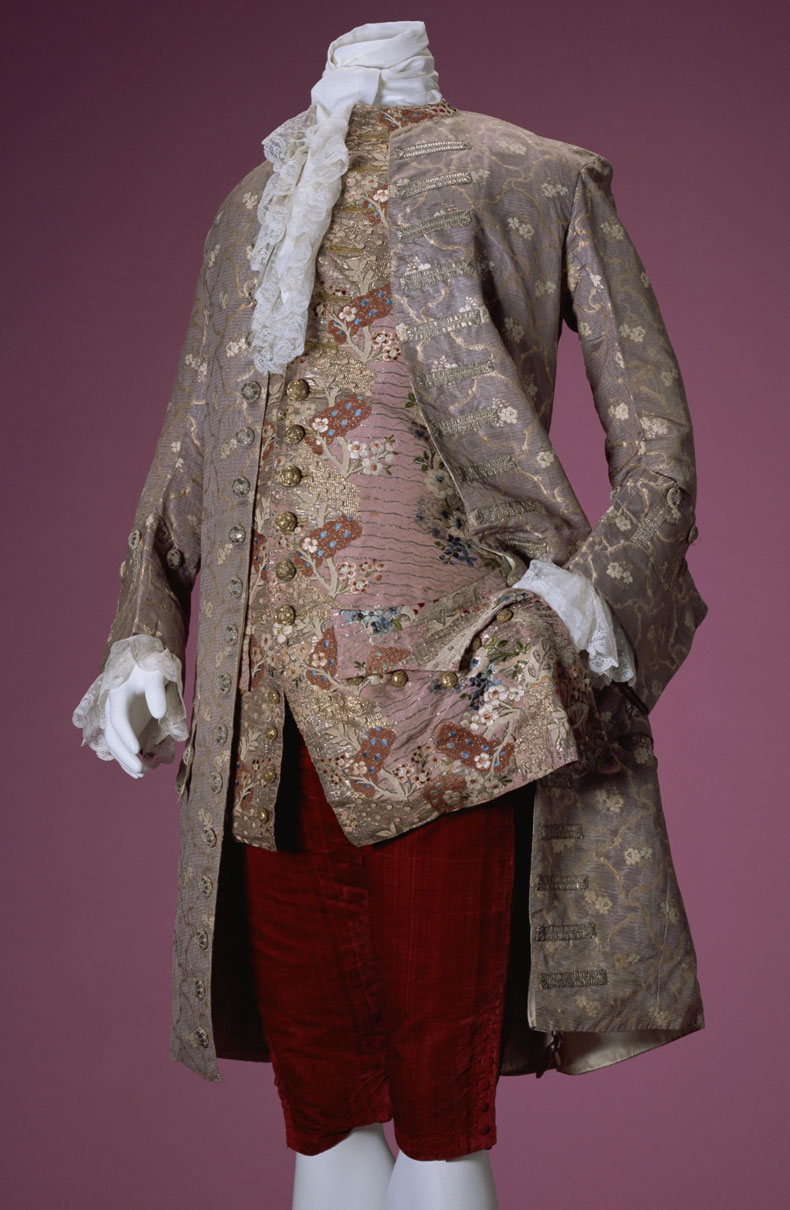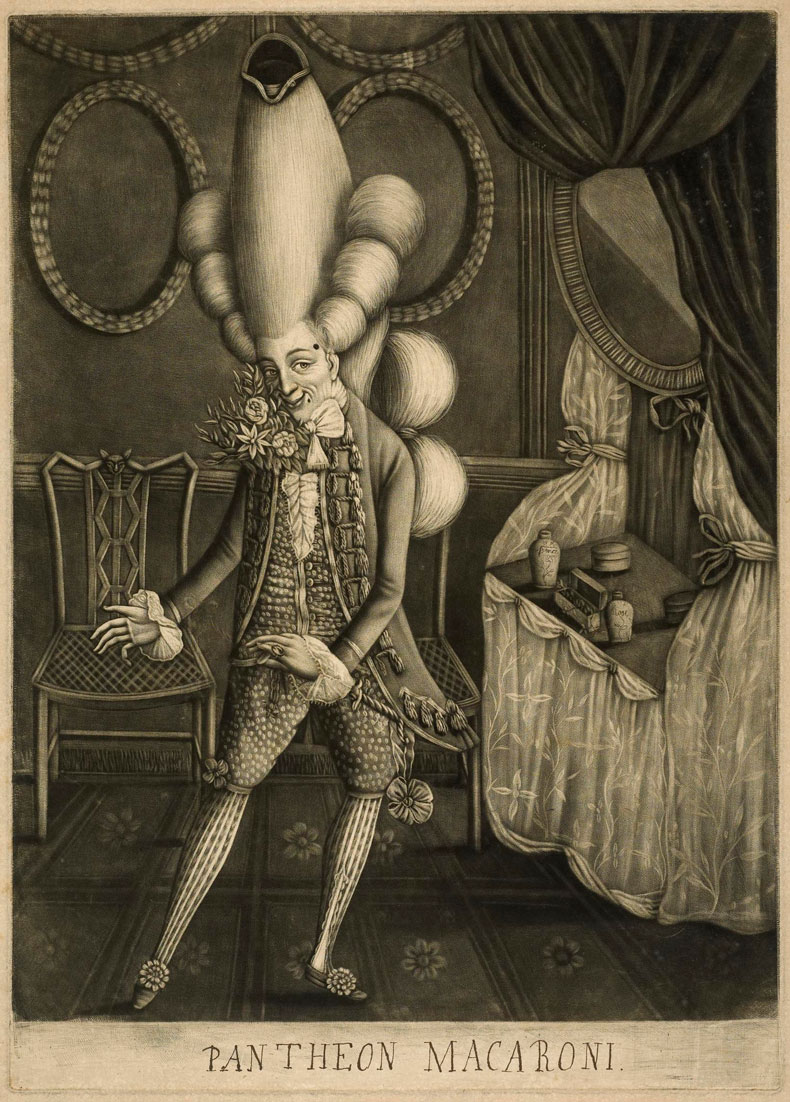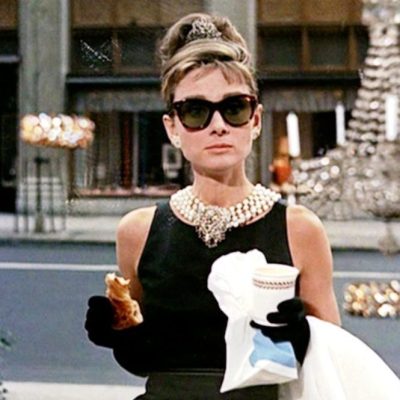
 ‘Four things to see’ is sponsored by Bloomberg Connects, the free arts and culture app. Bloomberg Connects lets you access museums, galleries and cultural spaces around the world on demand. Download the app here to access digital guides and explore a variety of content.
‘Four things to see’ is sponsored by Bloomberg Connects, the free arts and culture app. Bloomberg Connects lets you access museums, galleries and cultural spaces around the world on demand. Download the app here to access digital guides and explore a variety of content.
Each week we bring you four of the most interesting objects from the world’s museums, galleries and art institutions, hand-picked to mark significant moments in the calendar.
Throughout history, clothing has been a powerful tool for self-expression, allowing people to communicate their identity, status and creativity, and to challenge societal norms. From vibrant, flamboyant ensembles designed to attract attention to the subtle elegance of finely tailored suits, how we dress often reflects who we are, or who we aspire to be. Be it through the extravagant wigs and lace of European courts, the theatrical makeup and attire of kabuki actors in Japan, or the floral and ornamental trends of modern subcultures, dress has been a means of expressing individuality as well as a marker of class, status or societal roles.
In celebration of the 350th anniversary of the birth of Richard ‘Beau’ Nash, the 18th-century dandy and fashion influencer of his time, we explore four items that embody the spirit of dressing not just to impress but to express.
Il Femminiello (1740/60), Giuseppe Bonito. Portland Art Museum

Il Femminiello (1740/60), Giuseppe Bonito
Portland Art Museum
This recently discovered painting captures a femminiello, a cross-dresser from the impoverished Spanish Quarter of Naples. Rather than being marginalised, these individuals were embraced as symbols of good fortune. The subject’s necklace of red coral, also believed to bring luck, reflects this association. Bonito’s work is the only known depiction of a femminiello prior to the emergence of photography, and points to the celebration of gender fluidity in 18th-century Neapolitan culture. Find out more on the Bloomberg Connects app by clicking here on your mobile device, or by scanning the QR code at the bottom of this page.
Coat, waistcoat, breeches (mid 18th century), France. Kyoto Costume Institute. Photo: Taishi Hirokawa; courtesy Kyoto Costume Institute

Coat, waistcoat, breeches (mid 18th century), France
Kyoto Costume Institute
This luxurious 18th-century ensemble is a perfect example of the ornate fashion of French aristocracy. Made from silk brocade, the purple coat features deep pleats and silver-threaded floral designs, while the pink waistcoat boasts intricate gold embroidery. Far from being modest, elite menswear of the time was crafted to flaunt wealth and status, with elaborate fabrics painstakingly woven by hand. These sumptuous garments remind us that expressions of masculinity can change rather drastically over time. Click here to find out more.
Wodaabe male performers at the jeerewol celebration, Chadawanka village, Niger, photographed in 1971 by Eliot Elisofon. National Museum of African Art, Smithsonian Institution, Washington, D.C.

Wodaabe male performers at the jeerewol celebration, Chadawanka village, Niger (1971), Eliot Elisofon
National Museum of African Art, Smithsonian Institution, Washington, D.C.
Captured in expressive detail by American documentary photographer and photojournalist Eliot Elisofon, this photograph showcases Wodaabe men of the Sahel region during the annual jeerewol, or gerewol, festival in Niger. Dressed in elaborate makeup, jewellery and colourful garments, young men perform in a week-long celebration to attract potential wives. Click here to find out more.
Pantheon Macaroni (1773), Philip Dawe. British Museum, London. Photo: © The Trustees of the British Museum

Pantheon Macaroni (1773), Philip Dawe
British Museum, London
Philip Dawe’s satirical mezzotint mocks the exaggerated fashion of the 18th-century macaroni. With their towering wigs, flamboyant attire and a penchant for luxury, macaronis’ androgynous and excessive style was frequently ridiculed. However, this subculture also signalled shifts in British society, as flamboyant fashion became a way for men to express individuality, albeit in a manner that invited scorn as well as admiration. Click here to find out more.
![]() ‘Four things to see’ is sponsored by Bloomberg Connects, the free arts and culture app. Bloomberg Connects lets you access museums, galleries and cultural spaces around the world on demand. Download the app here to access digital guides and explore a variety of content or scan the QR code.
‘Four things to see’ is sponsored by Bloomberg Connects, the free arts and culture app. Bloomberg Connects lets you access museums, galleries and cultural spaces around the world on demand. Download the app here to access digital guides and explore a variety of content or scan the QR code.


